Android 框架簡介
======================= 第一節 ===========================
本文引用地址:http://www.j9360.com/article/201609/303971.htm這里簡單的介紹了Android的java環境基礎,在后面一節中會結合具體的實例來理解這一節的內容。
一、Dalvik虛擬機
Dalvik是Android的程序的java虛擬機,代碼在dalvik/下,
./
|-- Android.mk
|-- CleanSpec.mk
|-- MODULE_LICENSE_APACHE2
|-- NOTICE
|-- README.txt
|-- dalvikvm 虛擬機的實現庫
|-- dexdump
|-- dexlist
|-- dexopt
|-- docs
|-- dvz
|-- dx
|-- hit
|-- libcore
|-- libcore-disabled
|-- libdex
|-- libnativehelper 使用JNI調用本地代碼時用到這個庫
|-- run-core-tests.sh
|-- tests
|-- tools
`-- vm
二、Android的java框架
Android層次中第3層是java框架,第四層就是java應用程序。
Android的java類代碼,主要是在frameworks/base/core/java/下,
./
|-- Android
|-- com
|-- jarjar-rules.txt
`-- overview.html
我們再看一下frameworks/base/目錄
./
|-- Android.mk
|-- CleanSpec.mk
|-- MODULE_LICENSE_APACHE2
|-- NOTICE
|-- api
|-- awt
|-- build
|-- camera
|-- cmds
|-- common
|-- core
|-- data
|-- docs
|-- graphics
|-- include
|-- keystore
|-- libs
|-- location
|-- media
|-- native
|-- obex
|-- opengl
|-- packages
|-- preloaded-classes
|-- sax
|-- services
|-- telephony
|-- test-runner
|-- tests
|-- tools
|-- vpn
`-- wifi
這里也有Android的java框架代碼。
三、JNI
在Android中,通過JNI,java可以調用C寫的代碼,主要的實現是在frameworks/base/core/jni,通過查看Android.mk,我們可以看到最后生成了libandroid_runtime.so,具體實現JNI功能需要上面我們介紹的libnativehelper.so,
四、系統服務之java
1、binder,提供Android的IPC功能
2、servicemanager,服務管理的服務器端
3、系統進程zygote,負責孵化所有的新應用
======================= 第二節 ==========================
在我平時工作中主要是進行linux網絡子系統的模塊開發、linux應用程序(C/C++)開發。在學習和從事驅動模塊開發的過程中,如果你對linux系統本身,包括應用程序開發都不了解,那么讀內核代碼就如同天書,毫無意義,所以我分析框架也是從基本系統api開始的,當然也不會太多涉及到應用程序開發。
好,開始這節主要是講一個簡單的adnroid應用程序,從應用程序出發,到框架代碼。
分析的應用程序我們也奉行拿來主義:froyo/development/samples/HelloActivity
./
|-- Android.mk
|-- AndroidManifest.xml
|-- res
|-- src
`-- tests
其他的就多說了,看代碼
/**
* Copyright (C) 2006 The Android Open Source Project
*
* Licensed under the Apache License, Version 2.0 (the License);
* you may not use this file except in compliance with the License.
* You may obtain a copy of the License at
*
* http://www.apache.org/licenses/LICENSE-2.0
*
* Unless required by applicable law or agreed to in writing, software
* distributed under the License is distributed on an AS IS BASIS,
* WITHOUT WARRANTIES OR CONDITIONS OF ANY KIND, either express or implied.
* See the License for the specific language governing permissions and
* limitations under the License.
*/
package Android.util;
import com.Android.internal.os.RuntimeInit;
import java.io.PrintWriter;
import java.io.StringWriter;
/**
* API for sending log output.
*
*
Generally, use the Log.v() Log.d() Log.i() Log.w() and Log.e()
* methods.
*
*
The order in terms of verbosity, from least to most is
* ERROR, WARN, INFO, DEBUG, VERBOSE. Verbose should never be compiled
* into an application except during development. Debug logs are compiled
* in but stripped at runtime. Error, warning and info logs are always kept.
*
*
Tip: A good convention is to declare a TAG constant
* in your class:
*
*
private static final String TAG = MyActivity;
*
* and use that in subsequent calls to the log methods.
*
*
*
Tip: Don't forget that when you make a call like
*
Log.v(TAG, index= + i);
* that when you're building the string to pass into Log.d, the compiler uses a
* StringBuilder and at least three allocations occur: the StringBuilder
* itself, the buffer, and the String object. Realistically, there is also
* another buffer allocation and copy, and even more pressure on the gc.
* That means that if your log message is filtered out, you might be doing


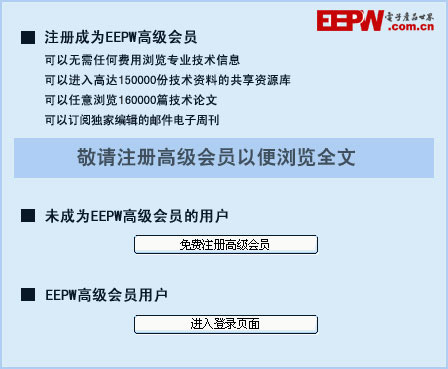

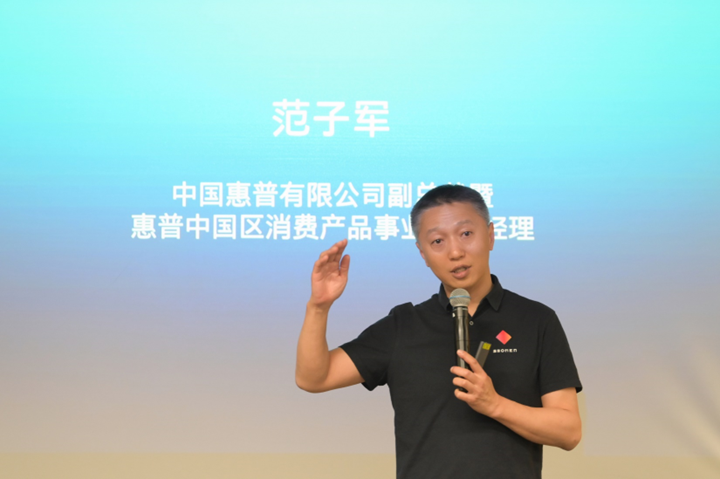


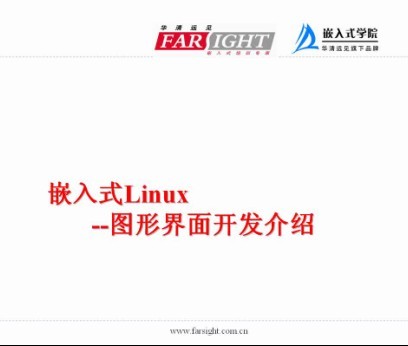
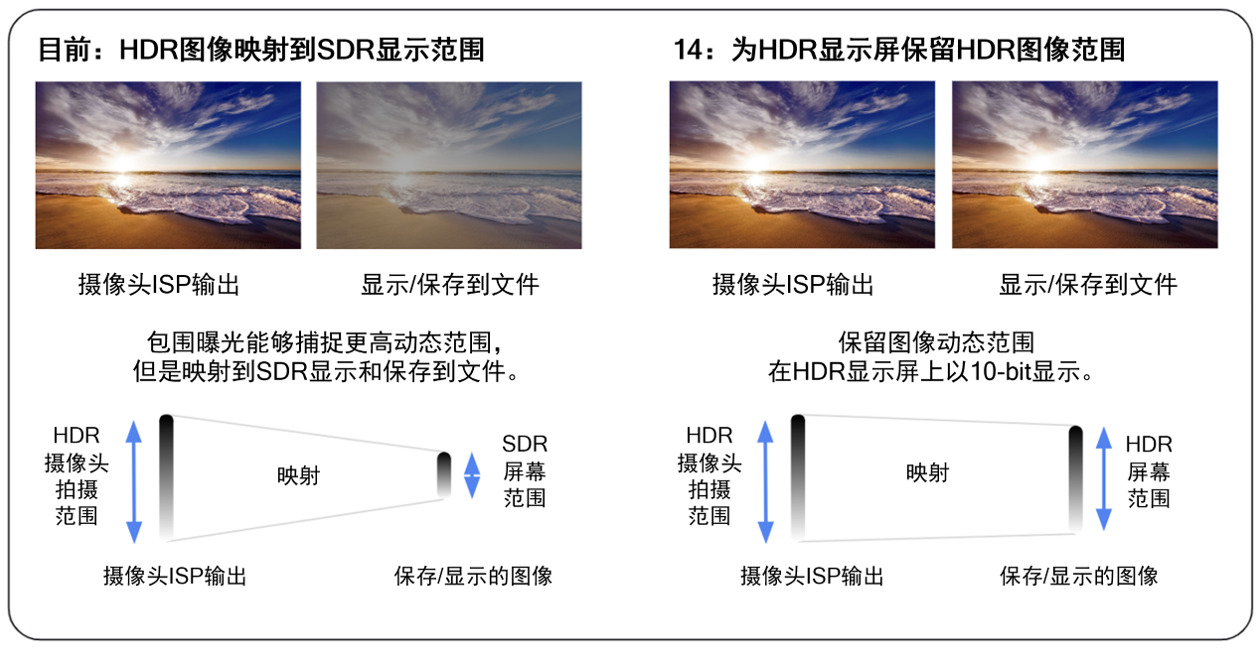



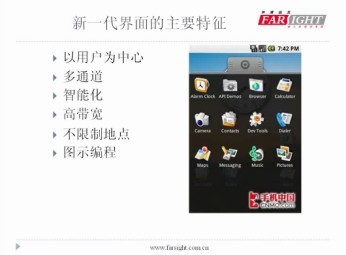

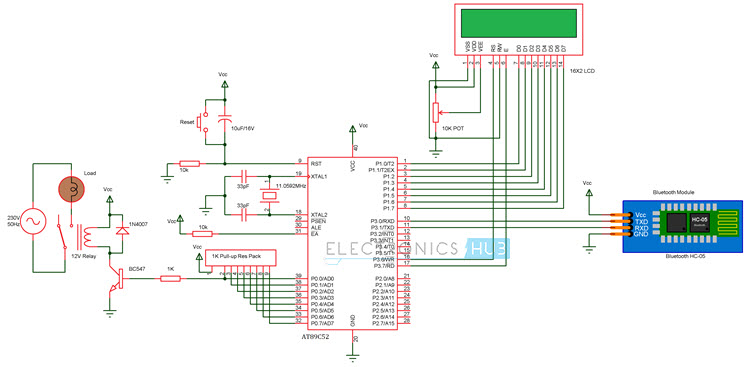

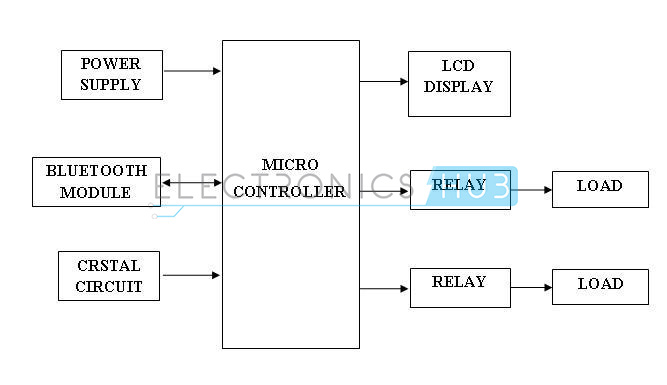

評論